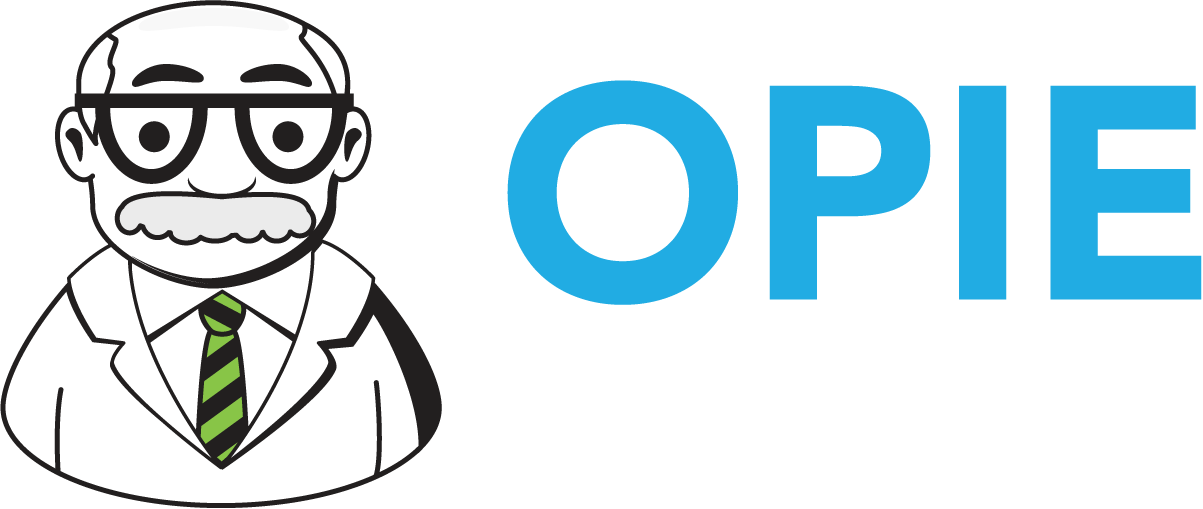Why 'Never Give Up' is Terrible Advice!
I saw a meme the other day: “When a door closes, knock on it a few times. If it doesn't open, let it stay closed.” And a related one said “when you see the period at the end of a sentence, don't try to turn it into a comma. Know when something is over and move on.”
A closed door can manifest in various forms - a denied promotion, a failed business venture, a relationship that has run its course, or a life-changing event that shifts your focus. Most of us grew up with parents that told us to “rub dirt in it” if we scraped our knees and taught us to push through adversity. We're conditioned to persevere, to find solutions, and to heal. But what happens when the door we're knocking on simply won't budge?
This simple meme encapsulates a powerful truth about resilience and adaptability in both our professional and personal lives.
Are you persistent? Or stubborn?
In practice management, as in any career, persistence is often lauded as a key to success. We're encouraged to keep pushing, to overcome obstacles, and to never give up. However, there's a fine line between persistence and stubbornness. Knowing the difference can be the key to professional growth and personal well-being.
Consider a scenario where you've been providing a specific service, say, post-mastectomy services. Despite your best efforts to improve profitability, increase patient awareness, and implement innovative protocols, the business line continues to struggle financially. You've invested significant time and resources over the past two years, yet patient volumes remain low and operational costs high. At what point do you recognize that this particular service line might not be viable?
Life has a way of presenting us with clear endings, much like the period at the end of a sentence:
A project that consistently fails to gain traction
A role that no longer aligns with your professional goals
A workplace culture that clashes with your values
Partnerships that have grown apart despite efforts to reconnect
Friendships that drain more energy than they provide
Professional networks that no longer serve your growth
Goals that no longer resonate with you
Habits or behaviors that hinder rather than help your progress
When we encounter these endings, there's often a temptation to force continuity - to turn that period into a comma. We might find ourselves clinging to outdated processes despite clear evidence of their inefficiency, stubbornly refusing to adapt to new methodologies or technologies. We may also maintain toxic professional relationships out of fear of change, enduring difficult colleagues or superiors rather than seeking healthier work environments. Additionally, we might persist with a career path that no longer brings fulfillment, staying in roles or specialties that have lost their appeal rather than exploring new opportunities that align better with our evolving interests and skills.
However, by doing so, we risk prolonging situations that no longer serve us or our practices. We expend valuable energy trying to revive what has naturally come to an end, instead of directing that energy towards new opportunities and growth.
Embracing the Power of Moving On
Moving on doesn’t mean giving up; rather, it’s about recognizing when a chapter has ended and having the courage to turn the page. This mindset can lead to remarkable transformations. Letting go of what isn’t working creates space for innovation, opening doors to new possibilities like starting your own practice or exploring a new specialization. Each closed door also serves as an opportunity for personal growth, offering valuable lessons and shaping your professional identity in meaningful ways. Additionally, releasing ourselves from situations that no longer serve us restores mental and emotional energy, allowing us to channel renewed vigor into more promising endeavors. Perhaps most importantly, accepting endings can significantly reduce stress and anxiety, improving overall well-being—a vital benefit for healthcare professionals who often prioritize others’ health over their own.
When it comes to moving on, there are several practical steps you can take to navigate the process effectively. Start by reflecting and evaluating your situation honestly, assessing whether there's genuine potential for positive change or if you're holding on out of fear or habit. Set clear boundaries for yourself, defining what "knocking a few times" means to you and determining how many attempts are reasonable before it's time to step back. Don't hesitate to seek perspective from mentors, colleagues, or a professional coach, as an outside view can often provide much-needed clarity. Embrace gratitude by acknowledging the lessons and experiences gained, even from closed doors. Instead of dwelling on what's ending, focus on planning your next move and exploring potential new beginnings that this closure might create. Finally, practice self-compassion throughout the process, remembering that letting go often takes time.
Change is the only constant. By learning to recognize when a door has truly closed, we empower ourselves to move forward with purpose and optimism. Remember, for every door that closes, countless others are waiting to be opened. The key is to have the wisdom to know when to let go, the courage to move on, and the vision to see the opportunities that lie ahead.
As you navigate your professional journey, embrace the endings as much as the beginnings. For it is in these moments of transition that we often find our greatest potential for growth, innovation, and fulfillment. After all, the most exciting chapters of your career - and your life - may be just on the other side of that closed door.

